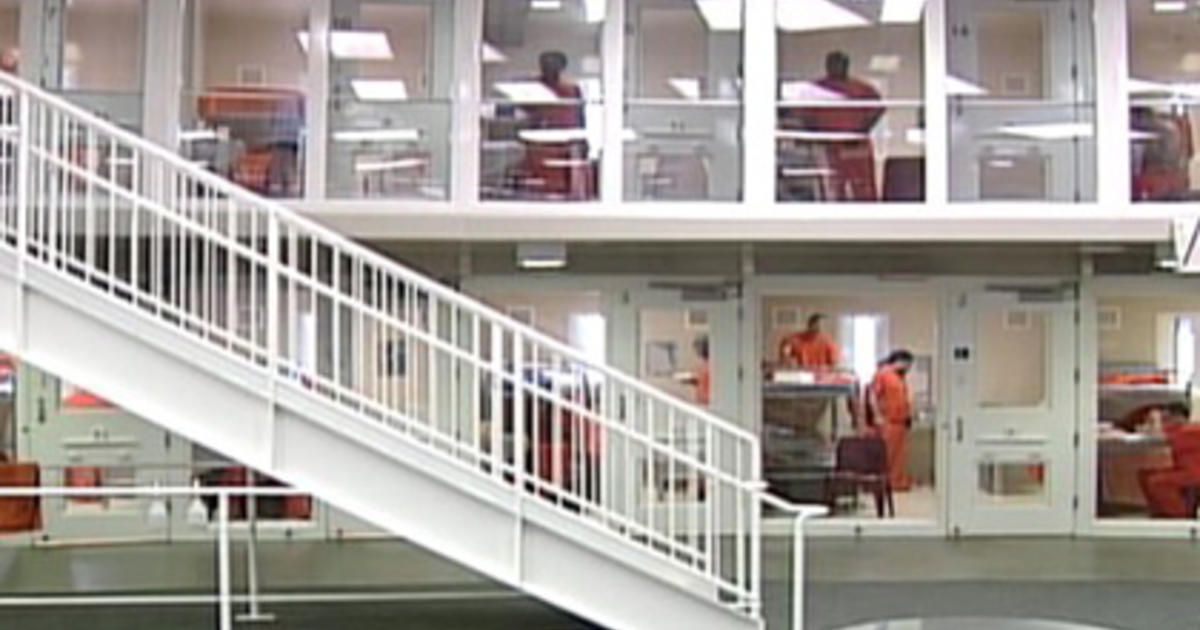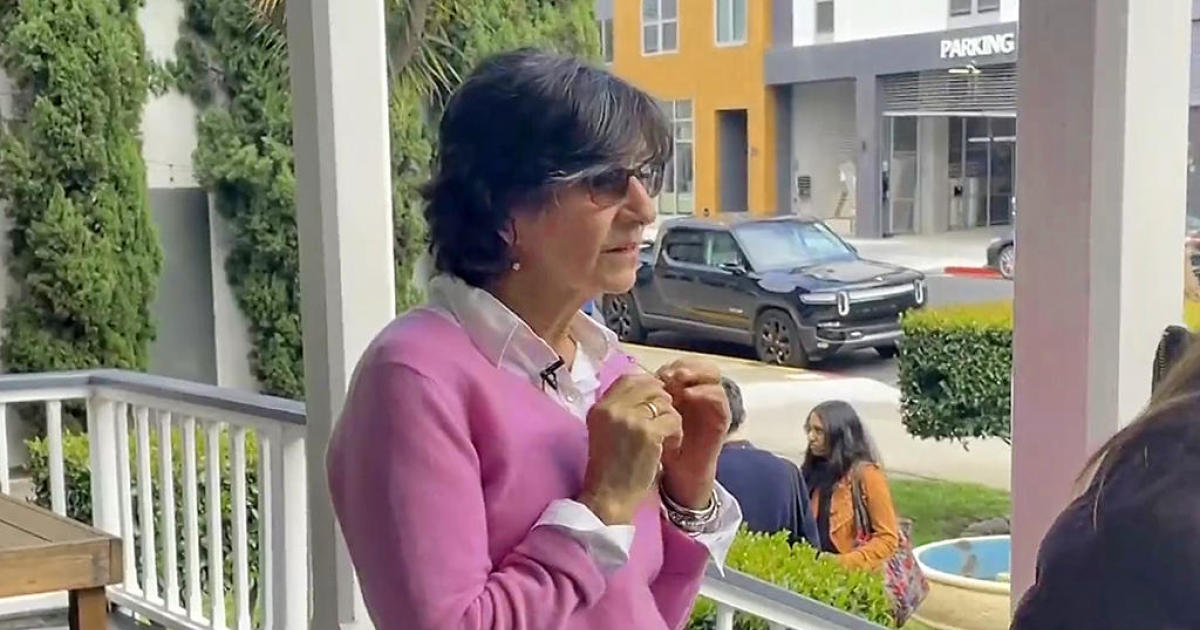San Jose State Researchers Develop Fire Modeling System from Wildfire Data
SAN JOSE (KPIX) -- Wildfires in Northern California this season have been destructive, but for fire weather researchers at San Jose State University, they have also been informative.
Scientists have deployed advanced doppler radar and lidar systems near
the front lines of fires to learn more about fire behavior and predict how
fires will spread.
"It's been a really busy time," said Lab Director and meteorology professor
Craig Clements. "We've been running a modeling system for the Dixie Fire and the Caldor Fire operationally, so twice a day we run those forecasts."
Professor Clements told KPIX the technology, co-developed by SJSU faculty, blends a high resolution weather model with a fire prediction system that accurately forecasted aspects of the Caldor Fire's spread.
The models were sent to the state's fire management agencies to help them
plan the firefight on the ground.
"It actually matched up really well on a few of those critical nights on the
Caldor fire," Clements said.
The system has limitations on how far in advance it can accurately forecast.
But it can do something else ordinary weather forecasting can't: factor in the winds created on the surface and in the plume by the fire itself, which often cause the most erratic behavior.
"We just don't have a lot of observations in these mountainous areas," explained Clements. "It's important to get those observations to understand this extreme fire behavior we've been experiencing."
Clements said the team is working on the next step in fire forecasting: where spot fires will happen ahead of the main fire.
"We'll be able to predict where firebrands or embers land," Clements said.
The team is hoping to put that into their fire modeling to help fight fires later this fall or next season.



